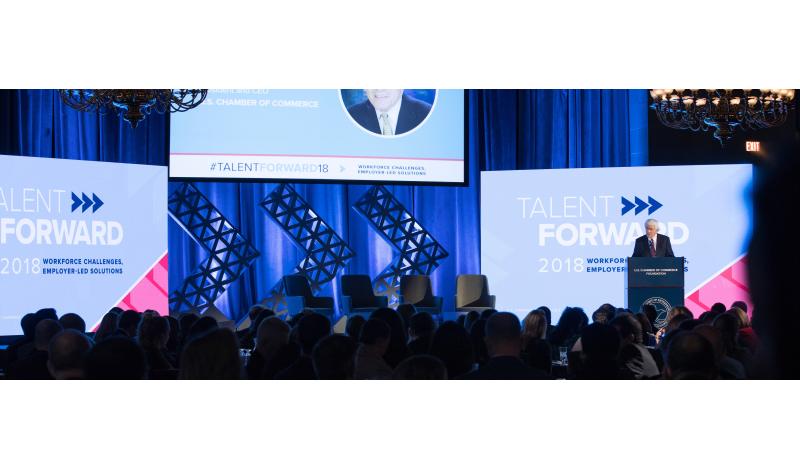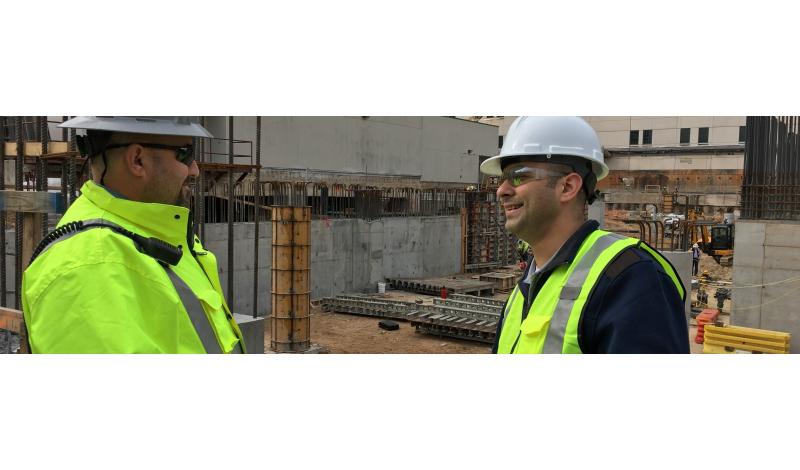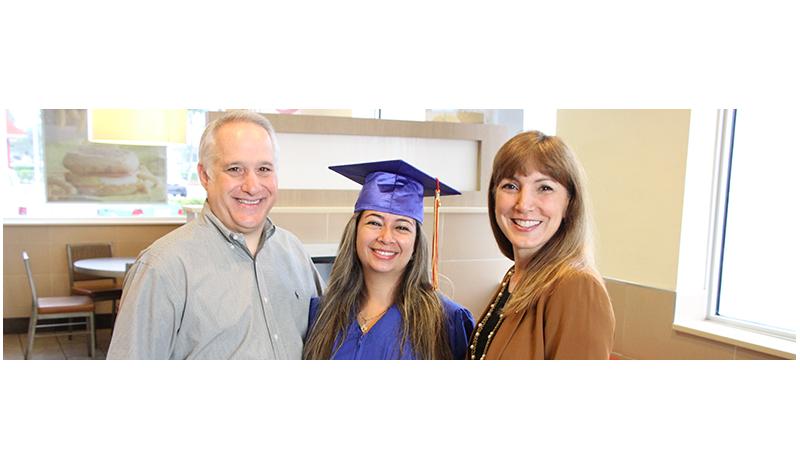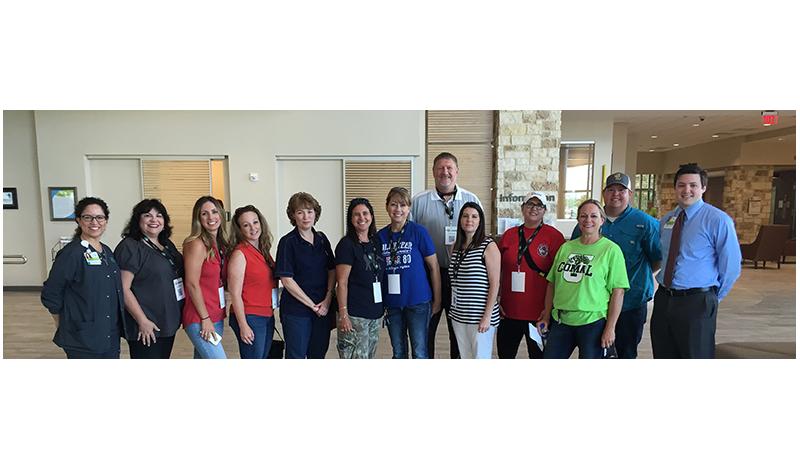November 1, 2018
There’s a lot of work to do and not enough skilled people to do it. That was the message U.S. Chamber President and CEO delivered at the U.S. Chamber of Commerce Foundation’s Talent Forward event. “There’s no question that the American workforce is the finest in the world,” said Donohue. “But, if we are going to keep that advantage, if we are going to keep the promise of opportunity to future generations of Americans, we have some work to do.”









